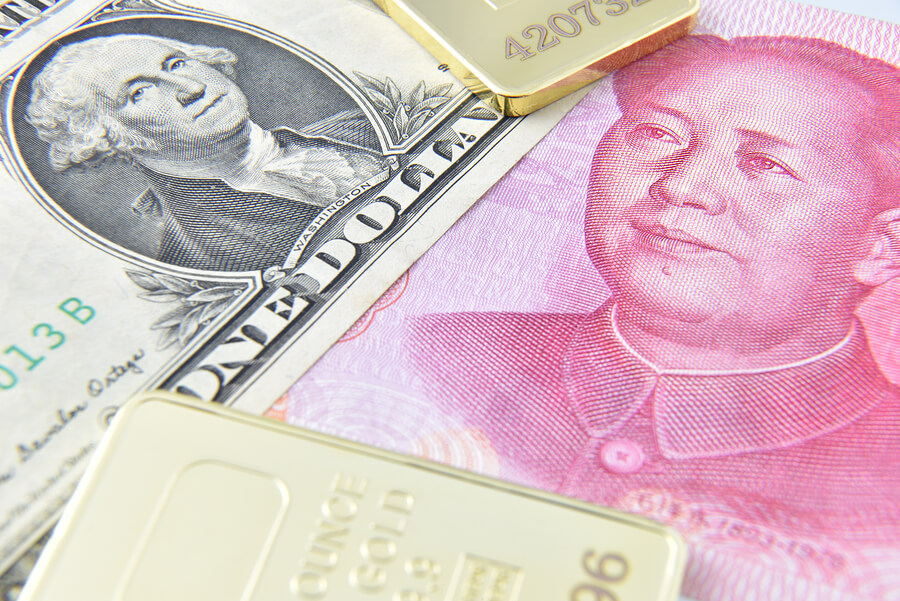Are India and China Leading the Gold’s Bullish Market by Themselves?

In April 2020, GoldNews.com.au came under new management, articles published before this time, such as the below, may not reflect the views or opinions of the current GoldNews.com.au team.
Knowing exactly why gold is going up these days is a hard thing to accomplish. Many factors are involved in this confusing scenario.
For decades, gold has been one of the most popular safe-havens during financial turmoil and armed conflicts. We have no world war going on but things are getting out of control for many major countries.
If you ask an investor about Trump’s possible election next November or the recent Brexit, you will probably receive an uncertainty-loaded answer. Smart people don’t like to buy stocks and commodities when no one can say what could happen in the short and mid-term.
Despite this, gold is not having the popularity it should. The precious metal is bullish but not as many analysts supposed at first. It is true that many investors nowadays have lost their faith in gold when it comes to ways for protecting their wealth.
Because of this, some people think that the main factor influencing the gold market is the massive demand from Asia, specifically China and India.
Big Consumers
If we read the numbers, we will quickly notice that China and India are, respectively, the biggest gold consumers in the world.
China’s gold demand for the first semester of this year was 973 metric tons. This may seem like a lot but actually, it represents a 7 percent decrease from the same time period last year.
Semester numbers for India aren’t quite clear right now. This could be caused by the jewellers’ strike that has been for months, massively hurting the economy. What we actually know is that during the first quarter of 2016, this Asian country bought 116.5 tons of the precious metal.
Again, this could seem like a lot of gold but it represents a huge demand decrease of 39 percent in comparison with the same period last year.
So, China and India are demanding less gold and the prices are still going up? This is clear evidence that the Asian approach to this question is partially wrong.
Countries that are significantly decreasing their demand can’t be leading a bullish market. For gold, 2016 has been the best year of the present decade.
What is Happening in Asia?
Now, why China and India are buying less gold?
Macroeconomic factors and indicators are totally different from individuals’ behaviour even while being closely linked. We cannot expect events like the US elections and conflicts in the Middle East have such a deep impact in these countries or their government’s decisions.
Of course, globalisation is key but their economies still have a slight degree of independence in these matters.
China is having financial problems, forcing the central bank to devalue the currency several times in a short period of time. This was made in order to stimulate the economy and boost exportation.
This same crisis could lead the government to ease the gold demand and see other things as priorities. Past year was particular for China in this matter. They decided to make public their gold reserves, possibly as a part of an ambitious plan to become independent from the US dollar. Before doing so, the majority of people expected China to be the worlds leading gold buyers, hence upon announcing the level of gold, it was expected to trigger a rally in the world gold price due a decrease in supply and increase in demand for more gold from China.
Unfortunately for them, this didn’t work out as expected. First, the Chinese gold reserve was disappointing, and second, a sudden crisis hit them hard. Back then, there were investors expecting to see record numbers in terms of reserves.
For India, labour issues and strikes has been affecting this economy sector for some time now. If the central government doesn’t take the right decisions, next year could be worst for the local Indian gold jewellery industry and the precious metal sector.
















Leave a Reply